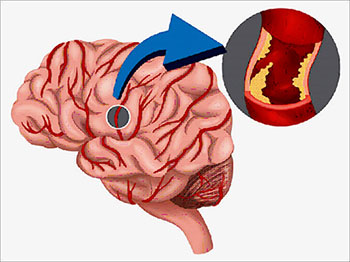Neurosurgery is a branch of surgery that treats conditions and infections of the cerebrum and sensory system. Radiology is a restorative forte that helps analyze and treat conditions and sicknesses utilizing different radiology methods.
Endovascular neurosurgery is a subspecialty inside of neurosurgery that uses catheters and radiology to analyze and treat different conditions and sicknesses of the focal sensory system. The focal sensory system is comprised of the cerebrum and the spinal line. This restorative claim to fame is likewise called neurointerventional surgery.


Thrombolytic treatment: This strategy uses "cluster busting" pharmaceutical to break up coagulation in a vein in the mind or somewhere else in the body.
Endovascular snaking: A specialist embeds a slight metal wire that structures a curl inside a cerebrum aneurysm to piece blood stream. A mind aneurysm is a swelling, debilitated territory in the mass of a vein in the cerebrum, bringing about an irregular broadening or expanding. Since the conduit divider has a debilitated spot, the aneurysm is at danger for blasting if blood stream isn't blocked. Aneurysm can be dealt with by snaking or cut-out it shut.

Interventional neuroradiology is a subspecialty within radiology that also involves catheters and radiology to diagnose and treat neurological conditions and diseases.
The term endovascular means “inside a blood vessel.” Endovascular neurosurgery uses tools that pass through the blood vessels to diagnose and treat diseases and conditions rather than using open surgery. The surgeon often uses radiology images to help him or her to see the part of the body involved in the procedure.
These types of procedures are called “minimally invasive” because they generally require only a tiny incision instead of a larger incision necessary for open surgery.
Doctors who specialize in endovascular neurosurgery require training in both neurosurgery and radiology.
